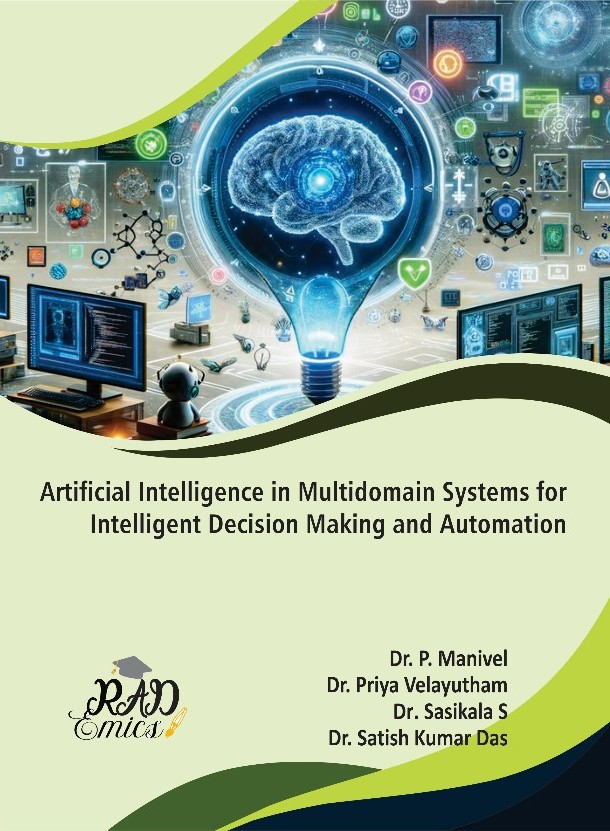
Abstract
The increasing complexity and real-time requirements of modern industrial systems demand intelligent, autonomous decision support solutions that are both responsive and adaptive. This chapter presents a comprehensive exploration of reinforcement learning (RL) integrated with Edge-AI technologies to develop scalable, low-latency decision support architectures for industrial process optimization. By leveraging the trial-and-error learning capabilities of RL and the real-time inferencing power of edge computing, the proposed framework enables decentralized control, predictive analytics, and adaptive policy generation under dynamic and uncertain environments. Key technical challenges, including safe exploration, sample efficiency, and transparency, are addressed through advanced algorithmic design and architecture-level innovations. Practical implementations in domains such as predictive maintenance and real-time fault diagnosis are examined, highlighting the tangible benefits of Edge-RL in reducing downtime, improving energy efficiency, and enhancing system resilience. The chapter also investigates the inherent trade-offs between model performance and explainability, proposing strategies to balance trust and optimization in safety-critical industrial applications. Through theoretical analysis and real-world case studies, the work contributes to the evolving landscape of autonomous industrial systems empowered by AI at the edge.
Introduction
The industrial landscape was undergoing a rapid transformation with the proliferation of cyber-physical systems, smart sensors, and intelligent control mechanisms [1]. Traditional decision support systems (DSS), which primarily relied on static models and rule-based logic, are increasingly being rendered insufficient for real-time, complex industrial processes. As industrial operations grow in scale, complexity, and heterogeneity, there was a critical need for intelligent DSS that can respond adaptively and autonomously to dynamic operational environments [2]. These systems must process high-velocity data, make near-instantaneous decisions, and continuously refine control policies in response to shifting process conditions [3]. The fusion of artificial intelligence (AI), particularly reinforcement learning (RL), with edge computing technologies offers a compelling path forward [4]. This integration creates decision support frameworks that not only process data at the edge but also learn optimal control strategies on-site, enabling rapid, localized, and autonomous optimization in various industrial domains [5].
Reinforcement learning was fundamentally suited for industrial applications due to its model-free learning capability and suitability for sequential decision-making tasks [6]. Unlike supervised learning methods, RL agents learn optimal behavior by interacting with their environment and receiving evaluative feedback in the form of reward signals [7]. This trial-and-error paradigm was particularly effective in scenarios where explicit models are difficult to construct or where the environment exhibits nonlinearity and stochasticity [8]. Industrial processes such as heating, assembly, material handling, and resource scheduling often involve interdependent control variables, constraints, and time-sensitive objectives [9]. Reinforcement learning can learn policies that optimize performance metrics over extended horizons, making it ideal for addressing long-term efficiency and reliability goals in automation systems. By embedding RL agents directly into edge computing platforms, real-time decision-making can be achieved with minimal latency and without the need for persistent cloud connectivity [10].